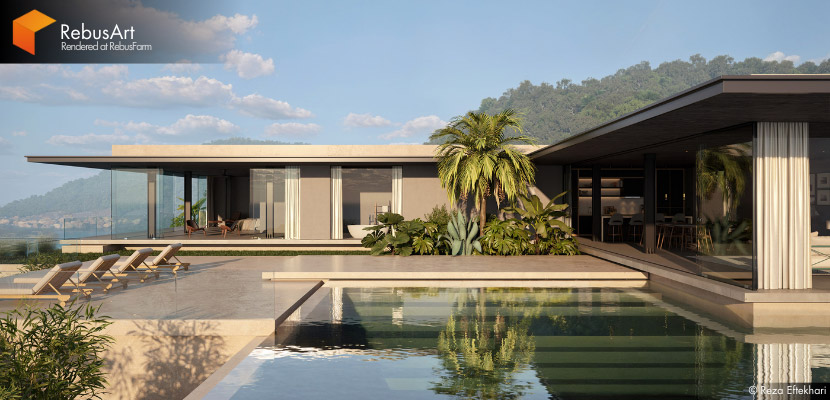
Welcome to our latest RebusArt Feature, spotlighting the accomplished Reza Eftekhari, a seasoned 3D artist and architectural visualizer with a deep-rooted passion for both traditional and digital arts. With nearly two decades of experience and a background in architecture, Reza merges design precision with emotional depth to craft powerful, cinematic visuals. Join us as we dive into his creative philosophy, explore his latest personal project ‘Sea Breeze Nest’ and uncover the insights that have shaped his impressive journey in the world of architectural visualization.
Introduction.
Please share a bit about yourself and your background as a 3D artist. Was there a particular moment, artwork, or artist that inspired you to dive into 3D art?
Hello everyone!
My name is Reza Eftekhari, and I’m passionate about all forms of visual art, from traditional painting to digital CGI. Like many in the Archviz world, I come from an architectural background and hold a Master’s degree in Architecture.
My journey into the world of 3D art began around 2008 when I started visualizing my own architectural designs. I’ve always believed that a strong concept needs equally strong visuals to communicate its value; otherwise, it might never get the attention it deserves.
For the first ten years of my career, I worked as an architect and interior designer, mainly visualizing my own work. Occasionally, I collaborated with leading architecture firms to visualize their competition entries. In recent years, I’ve fully transitioned into architectural visualization, working as a CGI artist as part of a creative team based in the UK.
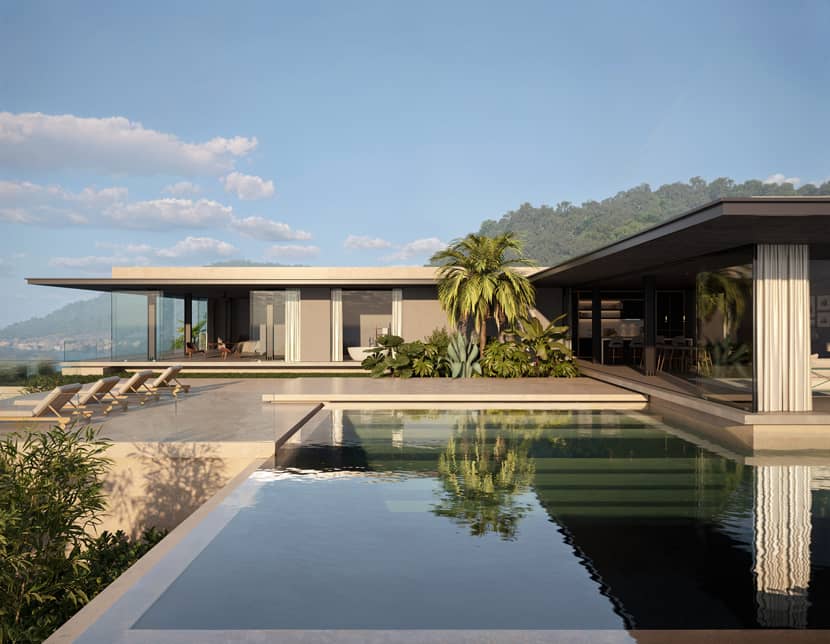
The Artist Behind the Scenes.
Could you describe your typical creative process when starting a new project, from ideation to completion?
The process always starts with research, understanding the client’s brief, the design concept, and the historical or contextual relevance of the project, especially if it's a renovation or adaptive reuse. This helps me understand the story we’re trying to tell.
Next, I create a moodboard. This step is essential, it sets the tone, atmosphere, and emotional direction of the final visuals. It's not just about aesthetics; it's about conveying a feeling and building a narrative around the project.
Then comes the production phase: modelling, creating shaders, blocking out scenes, and gradually building the visual world layer by layer.
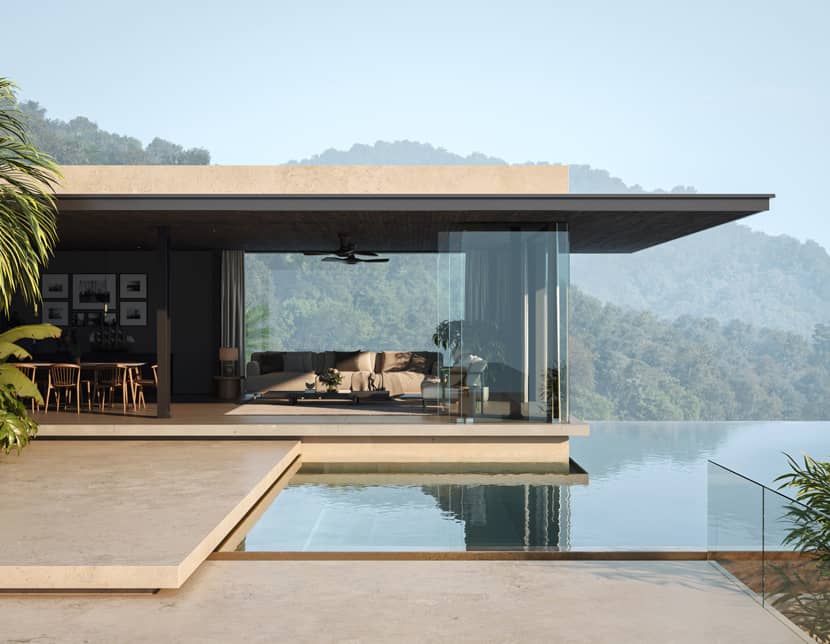
What's the one tool or technique you couldn't live without?
That’s a tough one. My workflow is like a well-tuned machine I’ve built over the years, with each part playing a crucial role. Whenever a new plugin or script catches my eye, I test it out, and if it fits, I integrate it or even replace an older tool.
Over the years, I’ve experimented with many render engines, from Mental Ray to Corona, V-Ray, FStorm, Octane, and Arnold. For post-production, I’ve used everything from Photoshop to DaVinci Resolve. But if there’s one constant in my workflow, it’s 3ds Max. Regardless of the project type, whether it’s VR, animation, or still imagery, 3ds Max has always been my foundational tool.
Lately, two plugins I’ve added to my workflow and found very useful are Forensic by SiNi Software and Scene Manager by Pulze.
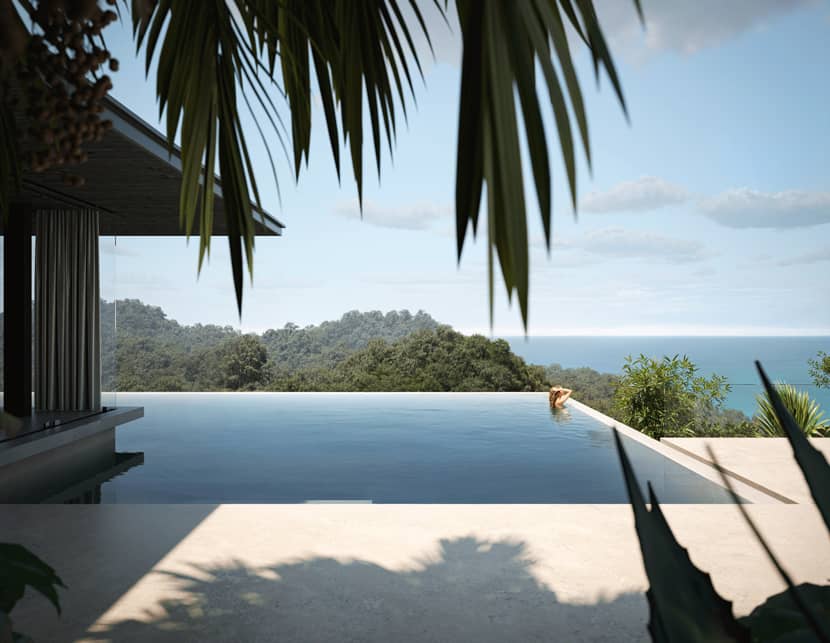
How do you stay creatively inspired when working on long or challenging projects? Are there specific rituals or habits you follow to get into a creative mindset?
Large-scale projects always come with challenges, especially finding the balance between creativity and resource constraints. I usually start by doing some research and looking at similar case studies, but honestly, the most effective solution often comes from collaboration. Sharing the issue with fellow artists or creative directors often sparks new ideas, practical solutions, or simply a fresh perspective. That’s the true strength of working in a creative team.
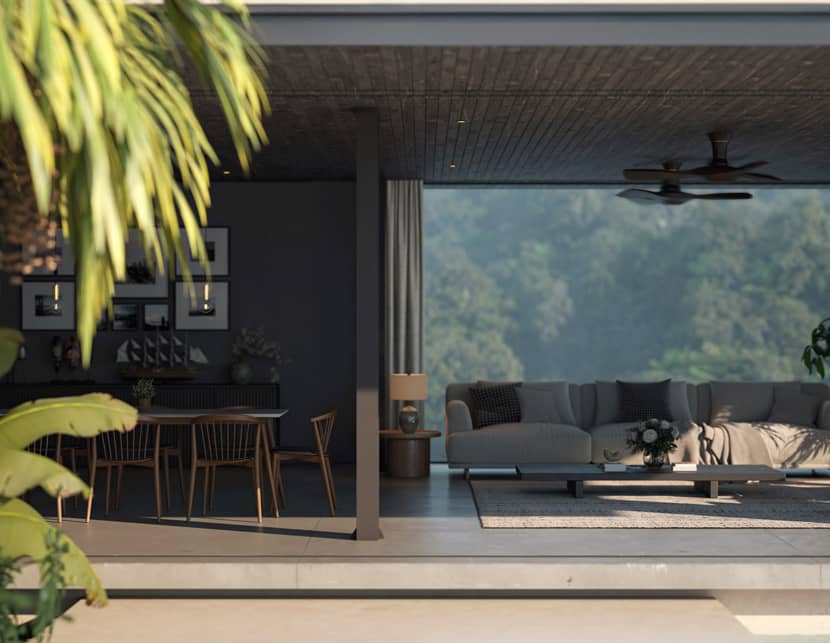
What are the biggest lessons you've learned about managing deadlines and staying efficient?
The most valuable lesson I’ve learned is not to aim for perfection in your first draft.
I used to obsess over tiny details, modelling everything from scratch and spending hours on parts of the scene no one would ever notice. That habit came from a time when high-quality 3D assets were rare, and we had no choice but to be skilled modelers. But things have changed.
Now, I focus on building the overall scene first, using pre-made models and textures when appropriate. Then, based on client feedback, I gradually refine the details. It’s all about working smarter, not harder—creating a solid first draft quickly and polishing in stages.
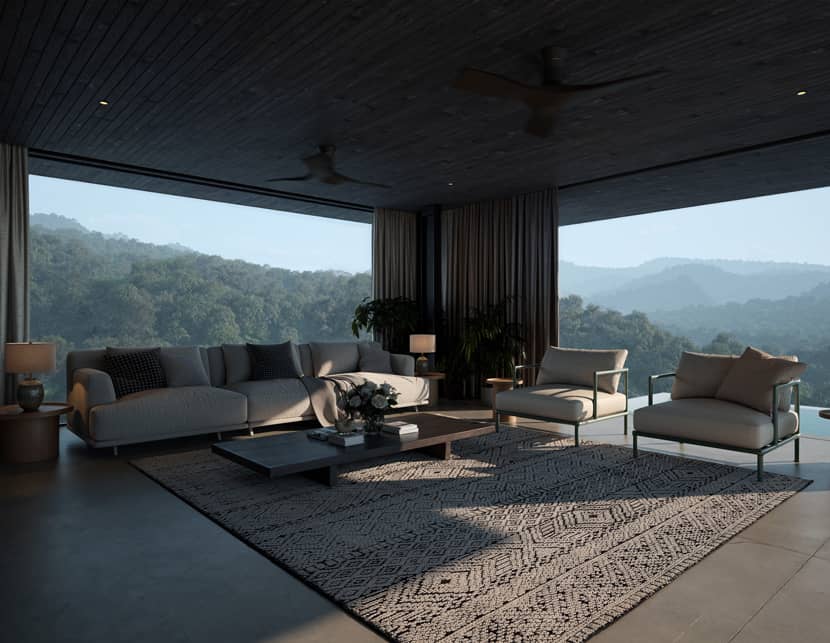
Project Spotlight.
Let's delve into your project "Sea Breeze Nest". What was the inspiration behind it, and what were the main challenges you encountered during its development?
Sea Breeze Nest started as a personal project, an idea that came to me during some rare downtime. I wanted to visualize a peaceful, modern home far from the chaos of city life. The concept came partly from reference images I stumbled upon online and partly from my own imagination.
Since it was a personal project, I had full creative freedom. I use these projects to push my boundaries, experiment with new techniques, and grow, though I rarely get the time to finish them. I actually have dozens of unfinished projects on my hard drive that I’ve spent months developing. Still, each one has taught me something valuable.
With Sea Breeze Nest, I wanted to capture the tranquility of a secluded, modern-yet-timeless home. From the terrace, the view should feel endless—no distractions, no noise. Just space to connect with nature and be present.
Initially, I didn’t plan to create stills; I was setting it up for animation. But during lighting and material tests, I captured a few frames that I liked and decided to share them. I hope to return to the project soon and complete the full animation.
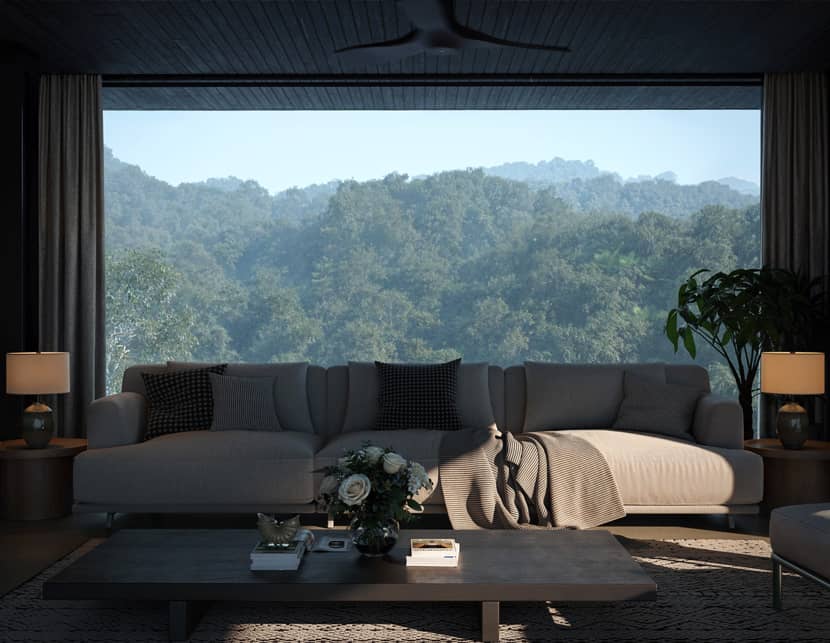
What software, renderer and plugins did you use for this project?
I used PureRef to organize the moodboard and reference images and, of course, 3ds Max for the modelling. I also used ZBrush for detailing in the stills and Marvellous Designer for simulating the curtains.
For texturing and shading, I relied on Substance Painter, Photoshop, and V-Ray. The final renders were done using Chaos Vantage in real-time, which helped speed up the process while keeping the visual quality high.
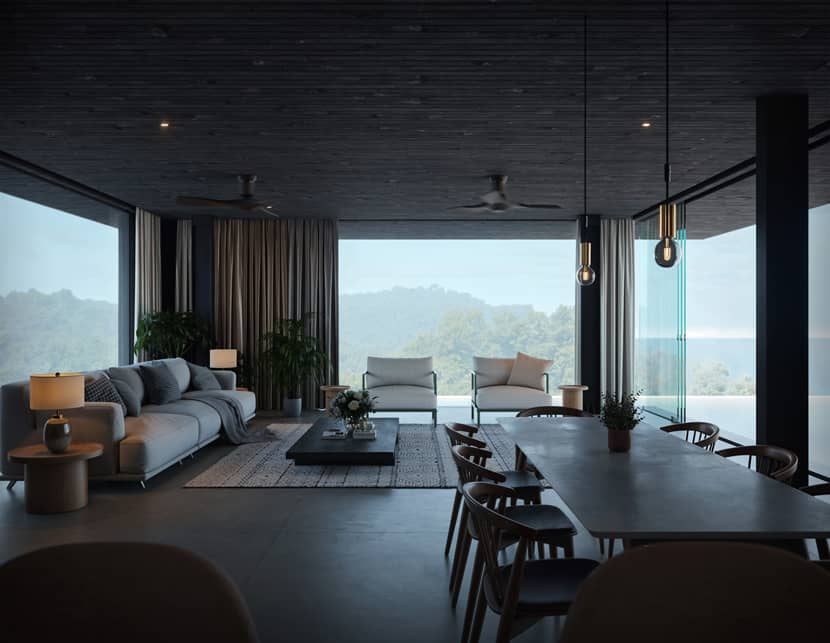
Closing.
Looking back at your journey as a 3D artist, what do you consider to be your most significant milestone or achievement thus far, and why?
Honestly, the greatest achievement is simply being able to do what I love for nearly two decades and to build a career out of it. Along the way, I’ve met amazing clients and collaborators, many of whom have become lifelong friends. That personal connection, to me, is just as valuable as any professional milestone.
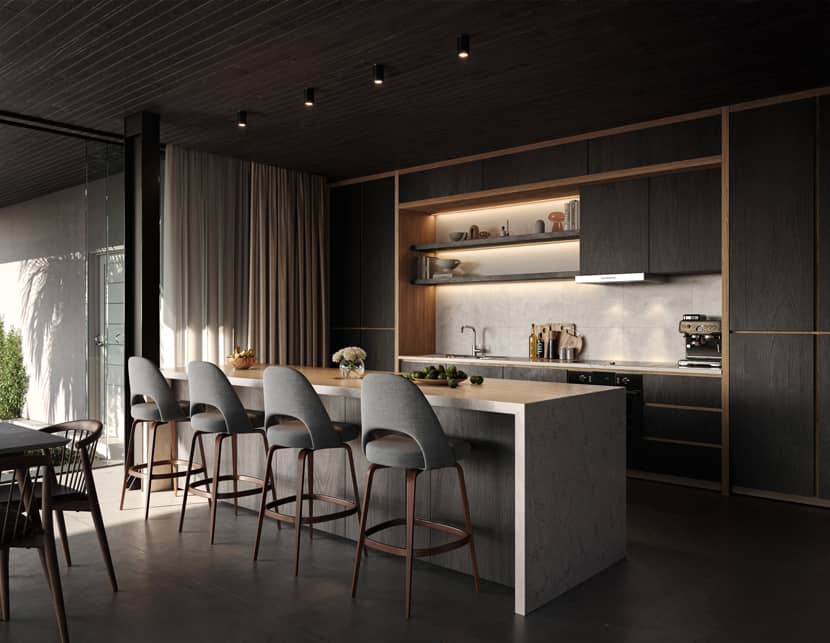
Are there any new art movements, developments, or industries (e.g. AI, gaming, film, virtual reality) that you're excited to explore further?
Absolutely. I’m always exploring new tools and technologies that can improve my workflow or elevate the client experience, whether that’s real-time VR tours, interactive environments, or AI-enhanced rendering techniques. There’s so much happening in this space, and I find that incredibly exciting.
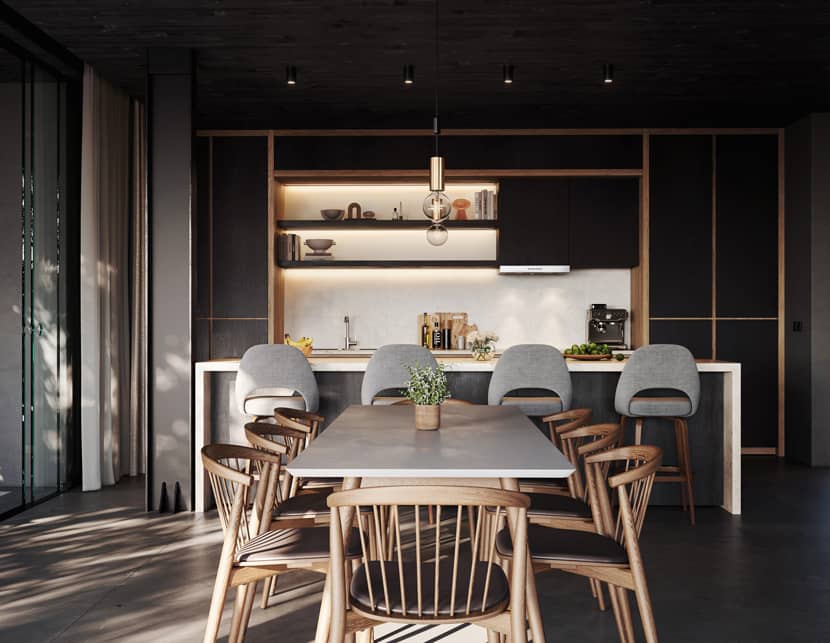
What advice would you give to aspiring 3D artists who are just starting their careers or looking to take their skills to the next level?
As someone who’s been in this industry for many years, I’d like to offer some honest and experience-based advice, especially for those just getting started.
First of all, don’t rush into buying the latest gear or signing up for expensive courses right away.
I’ve seen many beginners spend a lot of money on powerful workstations and advanced classes intended for experienced users. After a few months, they feel overwhelmed or discouraged and end up regretting the investment.
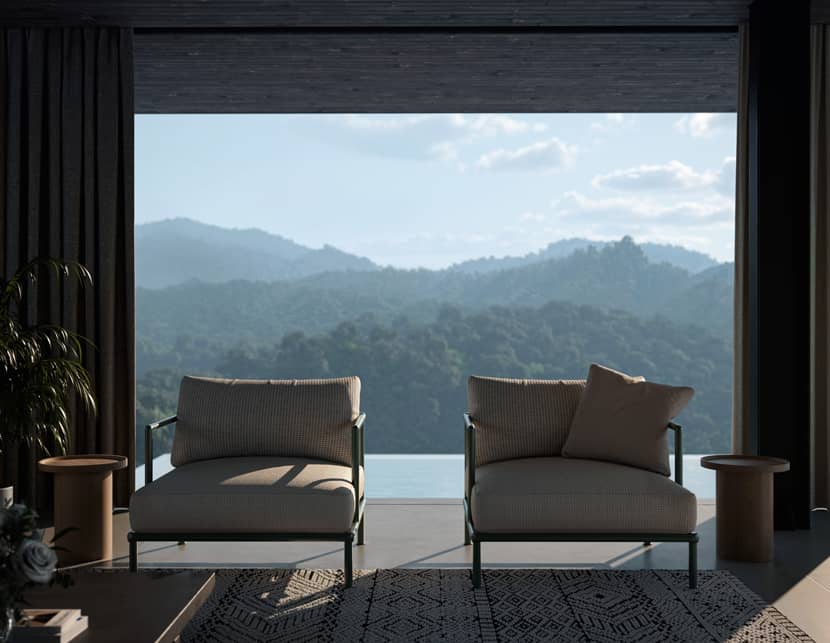
Start small. Use mid-range equipment. Work on manageable personal projects. Make sure you’re truly passionate about this field before committing fully. Tools don’t make the artist, patience, curiosity, and consistency do.
With services like RebusFarm and AI-based upscaling tools, you can render large scenes and deliver professional-quality work without needing top-of-the-line hardware.
Second, realize this is a crowded field.
If you want to stand out, you need to stay updated. New tools, real-time renderers, and AI integrations are showing up constantly. Being adaptable and eager to learn will keep you ahead.
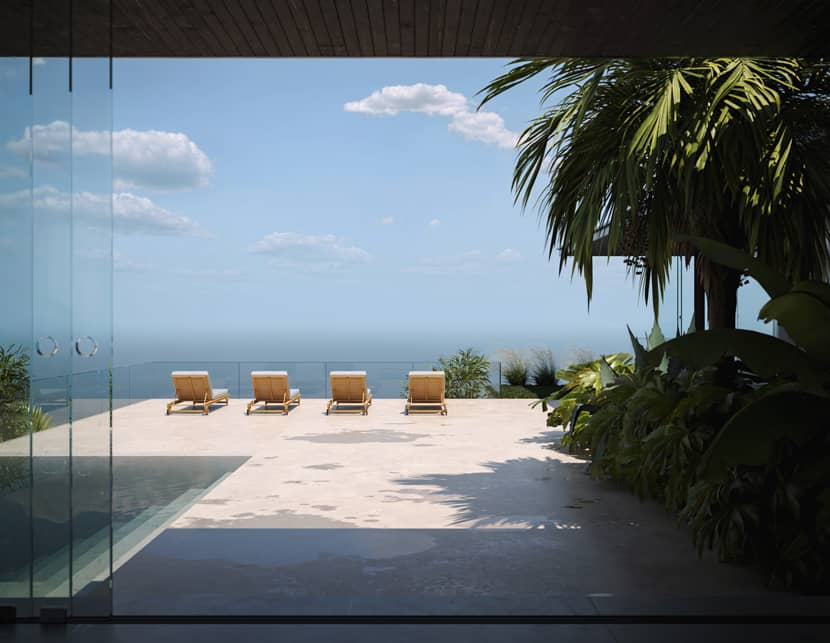
Third, never underestimate the power of personal projects.
This is where true learning happens. There are no deadlines or client constraints, so you can try bold ideas and test new techniques. These projects may never be finished, but they will shape your skills more than anything else.
Finally, specialize in one core software.
You don’t have to know everything. Choose one strong foundation—like 3ds Max, Blender, or Unreal Engine—and master it. Build your workflow around it. Other tools will come and go, but a reliable core will always keep you grounded.
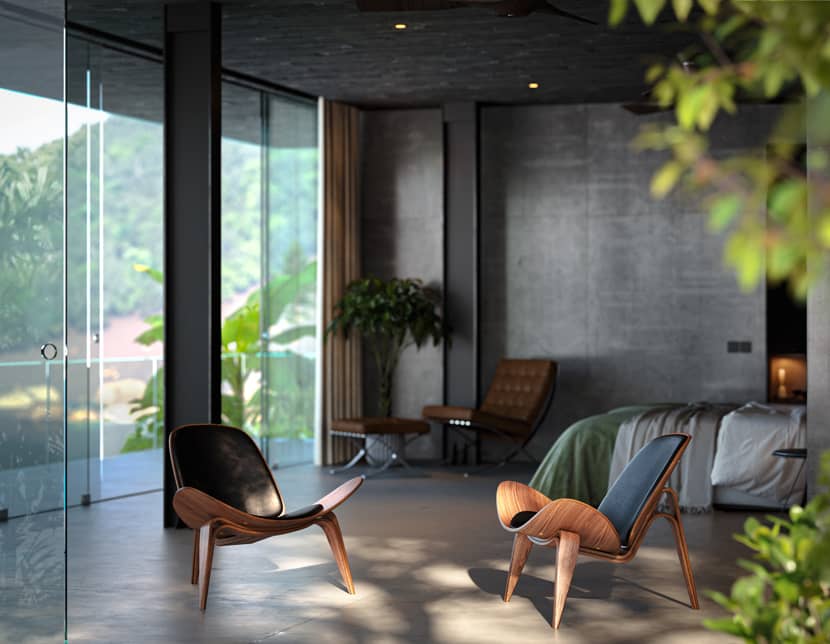
Finally, what's next on your artistic horizon? Are there any exciting projects or goals you're eager to pursue soon?
There are a few things I’m excited about. I’ll continue pushing forward in architectural visualization, aiming to create more immersive and emotionally engaging visuals. There are also a couple of new areas I’d love to explore, but I’d rather keep them under wraps for now until they take shape.
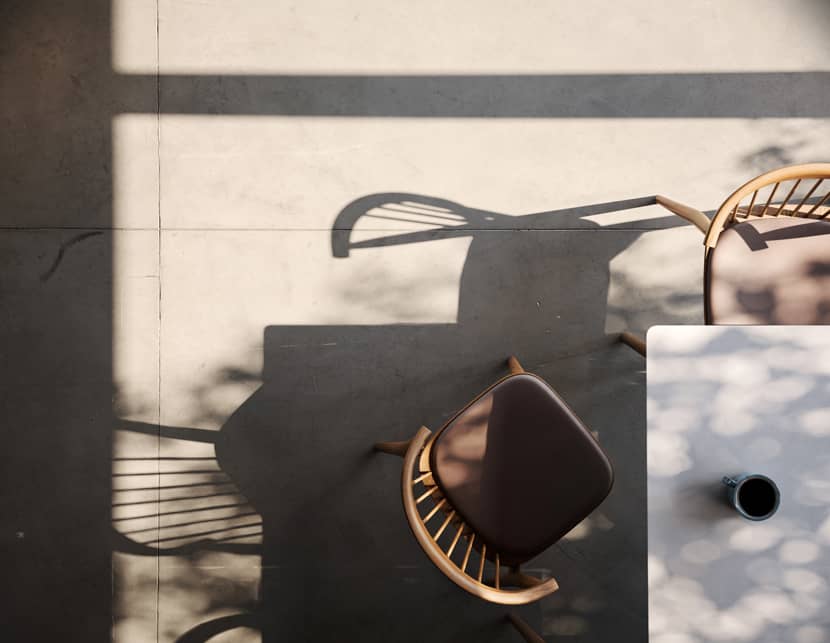
Thank you for sharing your insights and expertise with us!
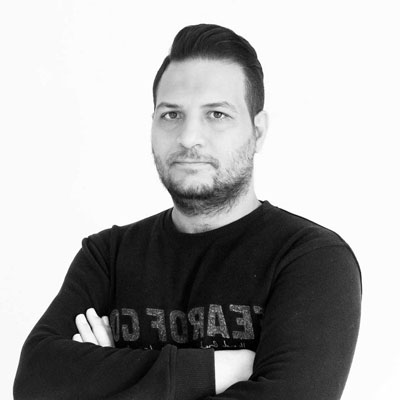
About the artist
Reza Eftekhari is a 3D artist and architectural visualizer with a Master’s in Architecture and almost two decades of experience. His work combines design accuracy with cinematic storytelling, producing striking visuals for architecture firms, competition entries, and independent creative studies.
